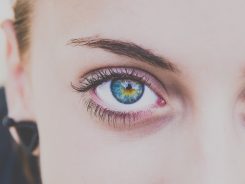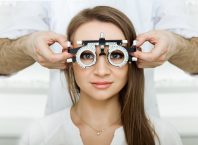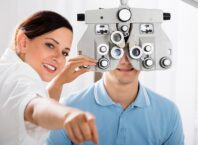Table of Contents
We have often heard about problems like poor attention and a bad memory. Did you know that it can lead to certain physical dysfunctions like convergence insufficiency & accommodation error? There can be certain problems with the visual system as well. Specially targeted vision therapy is helpful for those children who have disabilities in learning, the adults who have suffered a head injury or even in elderly patients who complain about losing their vision.
We know that memory and attention come from the vision that we have. Attention is the particular act of applying your mind to a specific object and memory, it is nothing but the ability to store as well as process the facts that we wish to remember. The more effective, efficient & effortless is your vision, the more will be your ability to retain those memories and remember them for the long term.
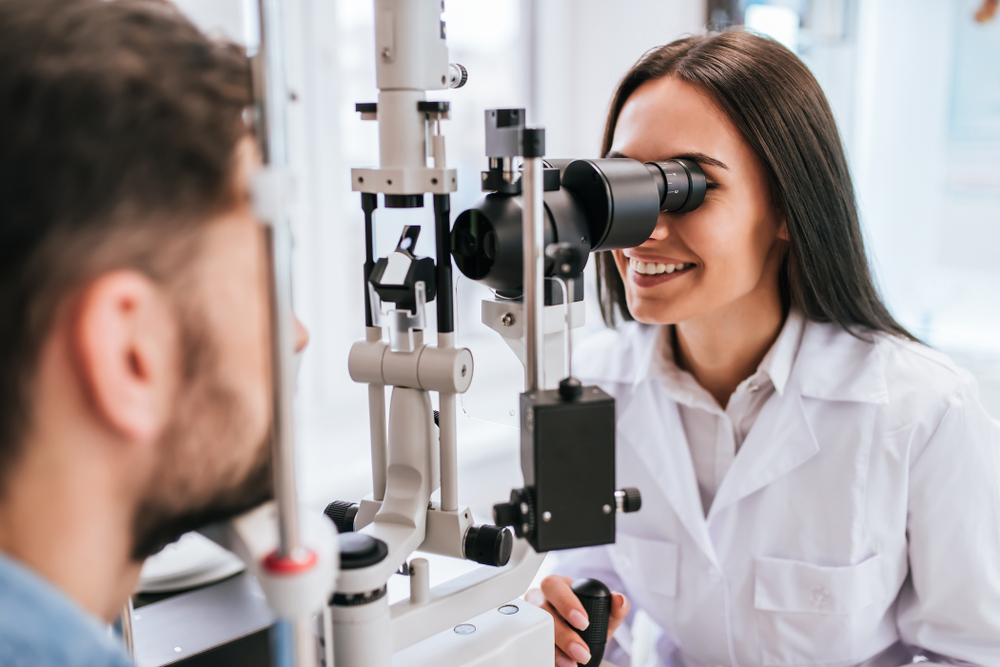
Theory showcasing relation between visuals and retention:
As per the theory of Joel H. Warshowsky, the functioning of brain takes place in three stages:
Input– You can say that it is like feeding the data to the brain, which involves focusing, eye coordination and lens prescription.
Organization- The organization contains perpetual skills which are inclusive of the memory storage as well.
Output – As the name indicates, it is the desired outcome on the visual stimuli fed to the brain during the input stage.
As per Joel H. Warshowsky, the easier is to input the visual information, the simple it becomes for the brain to interpret and easier for the person to remember it. Hence, one must focus on activities which promote eye coordination, improves motility, and also enhance focus. All these together can prove helpful in enhancing memory and improving retention power.
What Is Behavioural Optometry?
Well, this word has become very common nowadays. It takes into consideration the vision of the person in relation to the visual demands like computers, learning to write and read and also to ensure that your vision is working aptly. Behavioral optometry not only involves curing the eyesight issues but at the same time, it also involves enhancing focusing, eye coordination so that eventually enhances memory retention.
Many people confuse this measuring eyes on the distance chart, but you must know that there this technique has more it. Let us unfold, what all it includes:
- Cllibertaing the focus and eye-coordination functioning problem that can create visual discomfort. This proves helpful while reading and writing and also using a computer.
- It is also helpful for those who are facing blurred distance vision or find it difficult to looking up clearly from the computer and also shortsightedness.
- This technique finds application in the treatment of the turned eye or lazy eye.
- Tracking of eye movement for reading fluency
- Assessment of visual issues associated with health and neurological conditions like whiplash, head injury, Parkinson’s disease.
Also read: 5 Qualities For Selection Of The Best Optometrist
The Objective Of Behavioral Optometry:
This technique is not only about identifying vision issues and rectifying them, but it is also about how you can prevent and enhance your vision, and coordination. There are various aspects to it. Unlike the traditional optometrist, the work of behavioral optometry therapist is to work on overall aspects that may influence the vision. The primary objective of behavioral optometry is:
- Prevention of any eye problems. It aims at curtailing the problems to develop and grow.
- Treatment for vision problems
- Ensuring that the visual abilities needed at the workplace or sports or classrooms are developed normally, and the vision is working right.
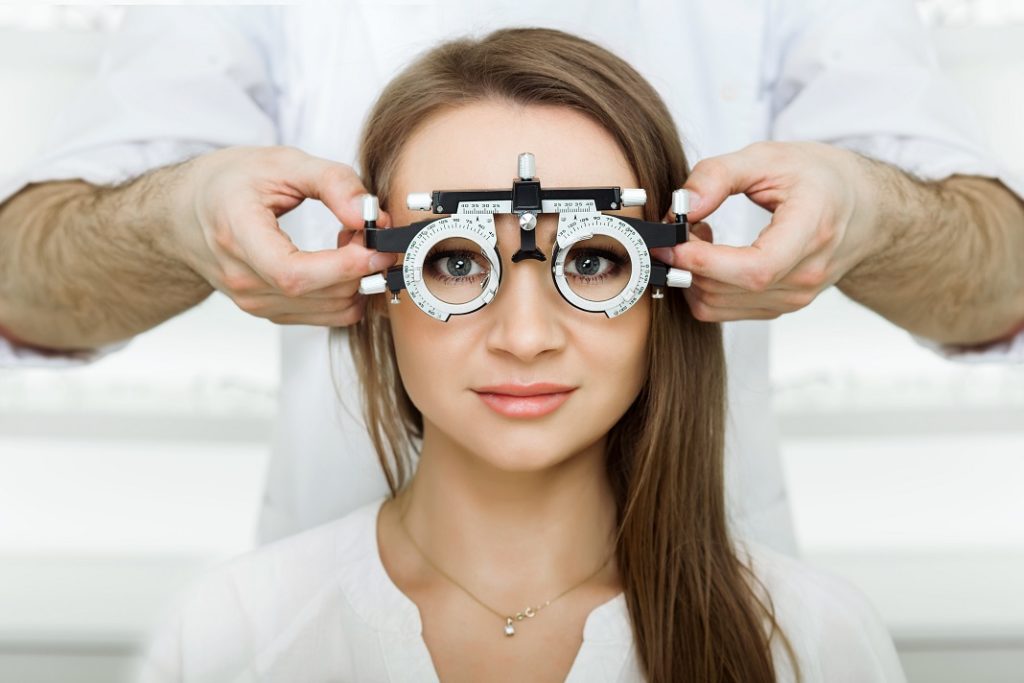
Consulting a behavioral optometry therapist will not only help in getting rid of the problem at the budding stage, but at the same time, they will help you in adopting practices that will keep your eye-sight working well.









